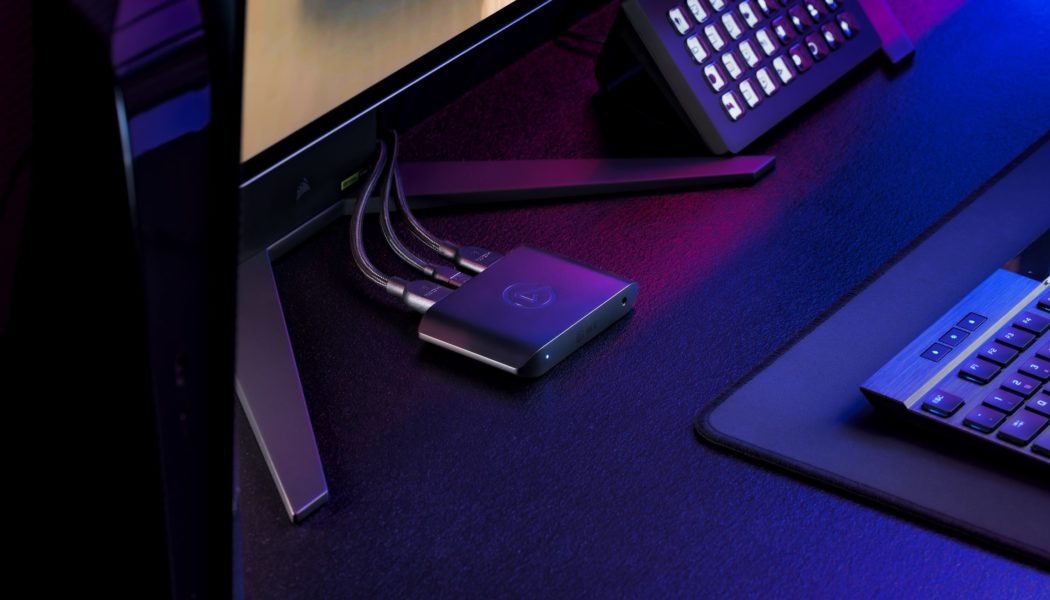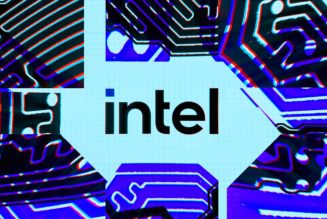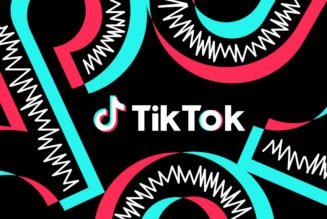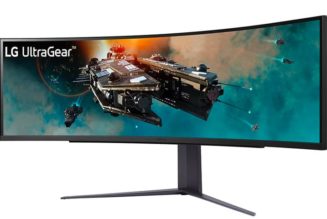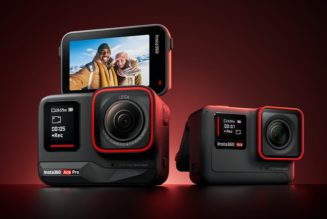We’re more than three years into the latest console generation, and Elgato is launching some of the best HDMI 2.1 capture cards yet.
Share this story
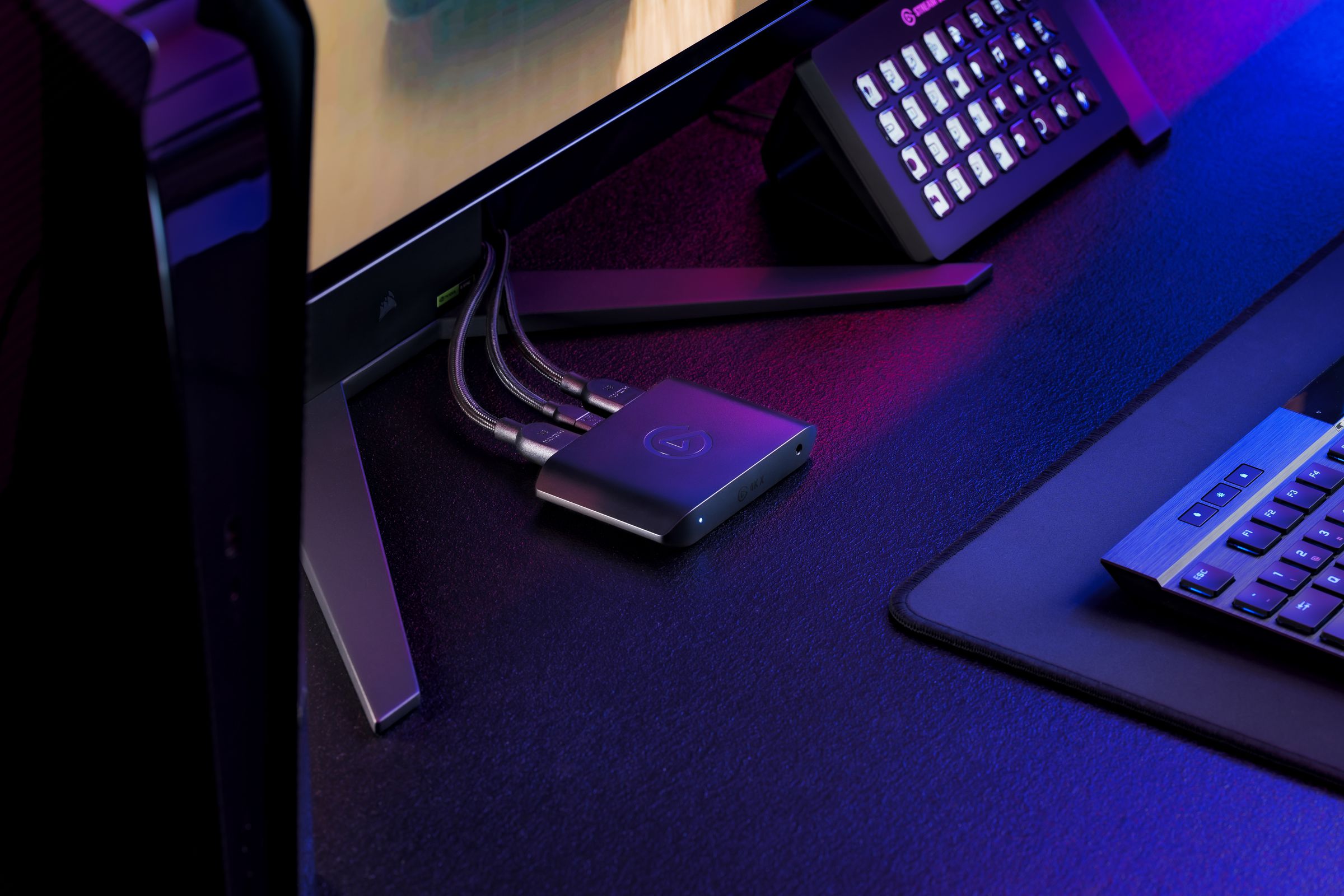
Elgato is finally ready to launch its HDMI 2.1 cards and on February 1st, or 2/1, no less. After months of teasers, there are now two options for gamers wanting to capture footage from the latest Xbox Series X and PS5 consoles at higher framerates and resolution. The $229.99 4K X is a new USB capture card that lets you capture at up to 4K / 144fps. If you have a full PC setup or you’re more interested in dual PC streaming, Elgato is also launching its $279.99 4K Pro, capable of supporting 8K / 60fps HDR passthrough, all while capturing at 4K / 60fps HDR.
The 4K X can handle a range of passthrough and capture resolutions too thanks to its USB 3.2 Gen 2 (10Gbps) support. Elgato includes 10Gbps USB-C and HDMI 2.1 cables in the box, and both are helpfully labeled, too.

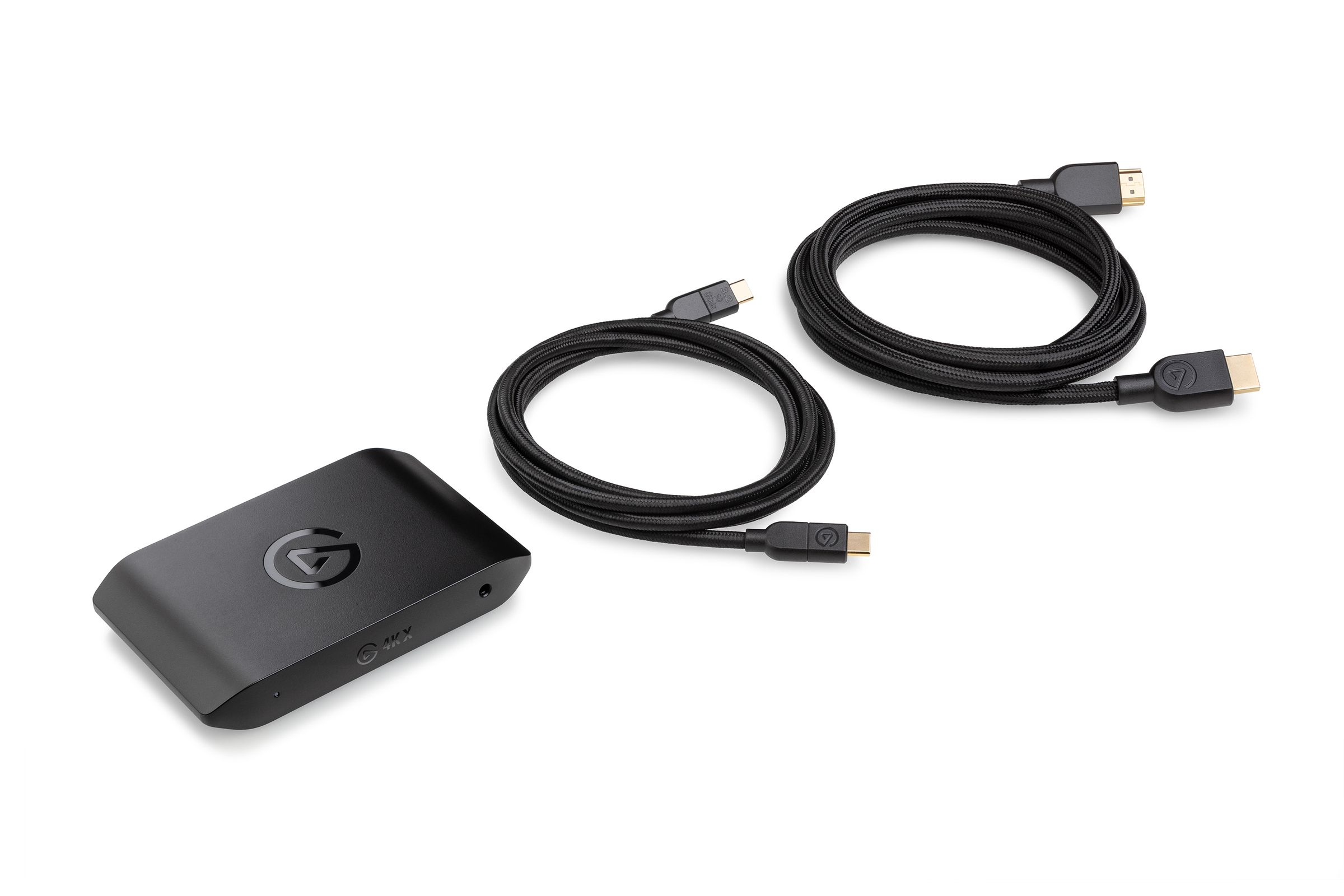
4K X can handle configurations like 4K at 120Hz HDR passthrough, all while capturing at 4K at 120Hz SDR. That’s ideal for both Xbox Series X and PS5, allowing you to use passthrough to send the signal to a TV and monitor with HDR enabled and record in 4K SDR at the best refresh rate the consoles can output. You could even still record in 4K at 30Hz HDR or 1440p at 60Hz HDR if you want to capture HDR, too.
If you’re a PC gamer, the 4K X also supports passthrough of 1440p at 240Hz HDR, while allowing capture of 1440p at 144Hz SDR, 120Hz SDR, and 60Hz HDR through this USB device. All of the tone mapping is performed on the device to translate the range of HDR content into the narrower range of SDR. Elgato’s 4K X USB capture card works out of the box on both Windows or macOS and even works with iPadOS 17.

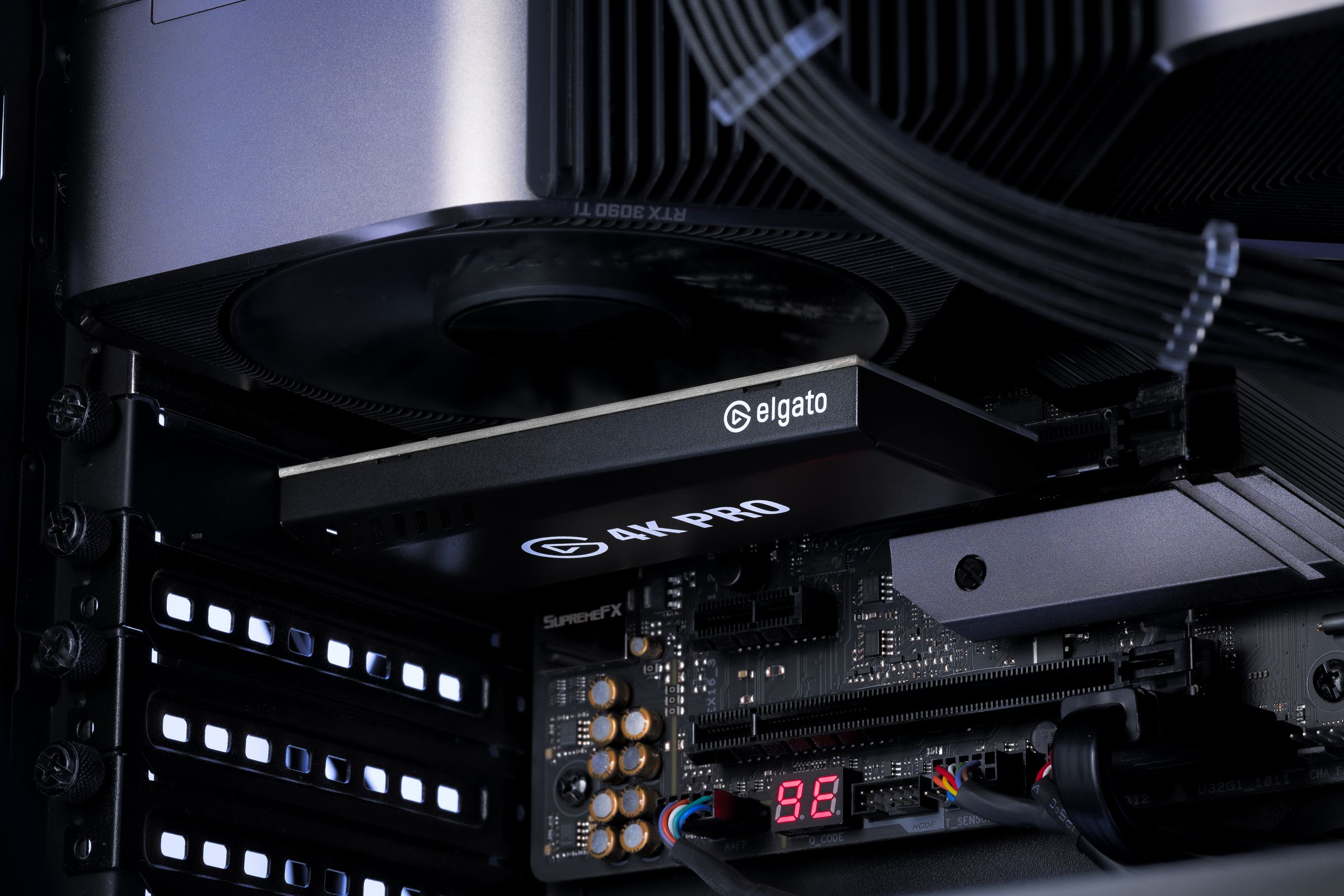
PC creators and streamers with dual PC setups are more likely to opt for Elgato’s 4K Pro, the successor to the popular 4K60 Pro MK.2. It looks identical and more like a MK.3 and slots into a PCIe 2.0 x4 (or faster) slot on a motherboard. Elgato also bundles a HDMI 2.1 cable in the box.
You can input and use passthrough up to 8K resolution at 60Hz HDR, including 4K at 144Hz HDR, 4K at 240Hz SDR, 1440p at 240Hz HDR, and 1080p at 240Hz HDR. All of these inputs also support VRR, all while you can capture in 4K at 60Hz HDR, 1440p at 144Hz, or 1080p at 240Hz.
If you’re capturing from an Xbox Series X or PS5, this 4K Pro card will let you play in 4K at 60Hz HDR and capture in 4K at 60Hz HDR. That’s something that AverMedia’s Live Gamer 4K 2.1 isn’t capable of. If you’re eyeing the latest 4K OLED 240Hz monitors, you’ll be able to play at 4K resolution with 240Hz and HDR enabled, all while capturing in 1080p at 240Hz HDR. You can also play at 1080p 240Hz HDR and capture in that same format.
Unfortunately there’s no support for capturing 4K at 120Hz on the 4K Pro PCIe card. While Elgato’s USB 4K X can capture 4K at 120Hz in SDR, you have to drop down to 1080p at 120Hz for capture on the 4K Pro. That means 4K at 144Hz is also not supported here, unlike the USB 4K X. The PCIe card is really the better option if you want to capture a variety of formats in HDR.
I’ve been testing the 4K Pro over the past couple of days, for basic capture purposes on Xbox Series S / X consoles. I previously used Elgato’s 4K60 Pro MK.2 for capturing Xbox footage and Microsoft’s various Xbox dashboard updates. The 4K Pro isn’t a huge leap for capturing purposes alone, but the fact I can play in 4K 60Hz in HDR and capture in 4K 60Hz at HDR is a big deal. The USB 4K X doesn’t support this, so you’re limited to 4K 60Hz capture in SDR, or capturing with HDR enabled at 4K 30Hz.

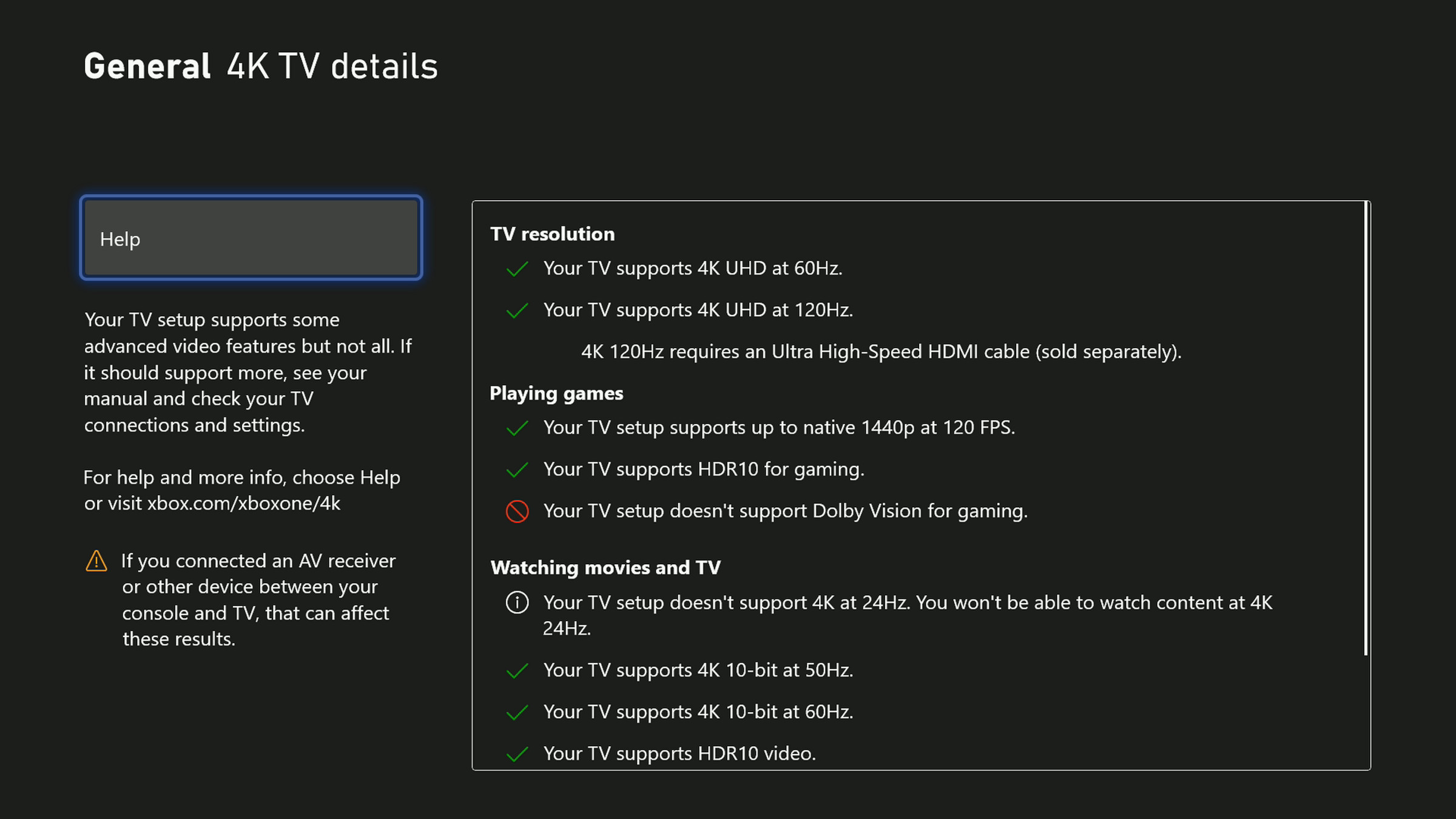
Having 120Hz support is also really useful for when I use passthrough to my monitor, ensuring I don’t lose any of the latest Xbox Series X features when I’m capturing footage — even if there’s no 4K at 120Hz capture support.
I’ve been using Elgato’s 4K Capture Utility to record footage, alongside OBS. One minor change I’ve noticed is that Elgato has updated the no signal splash screen to look a little more modern, a small change that you’ll often see pop-up if you’re streaming and switch resolutions or between HDR and non-HDR content.
Elgato says it’s still in the process of verifying ultrawide (21:9) resolutions on both the 4K X and 4K Pro. They will be supported, but Elgato is still working on full support. Elgato is also looking into adding 5.1 surround sound passthrough and capture support. YouTube supports 5.1 audio, so this will certainly be useful for anyone streaming on Google’s platform.
4K X and 4K Pro are also getting ALLM passthrough support. This allows TVs to automatically enable a game mode with the best latency and image settings and won’t have any effect on the footage you capture from either device. Both cards work with Elgato’s 4K Capture Utility, which includes flashback recording to rewind and capture clips retroactively. You can, of course, also use third-party apps like OBS Studio for capture or streaming.
Elgato’s new HDMI 2.1 capture cards are available today, with the 4K X USB priced at $229.99 and the 4K Pro at $279.99.
